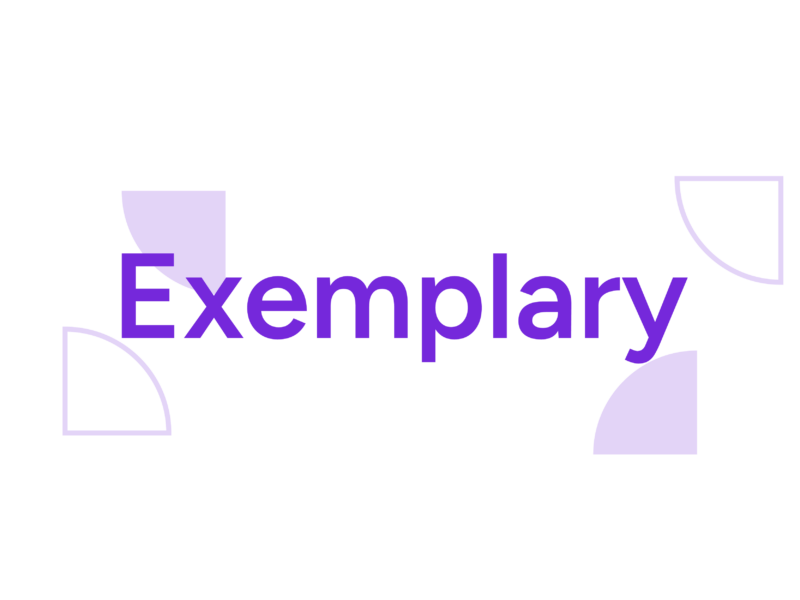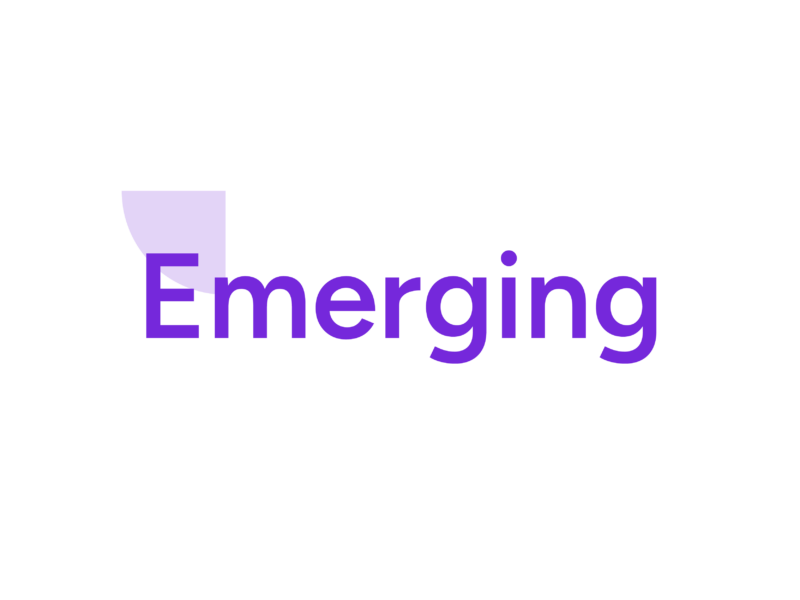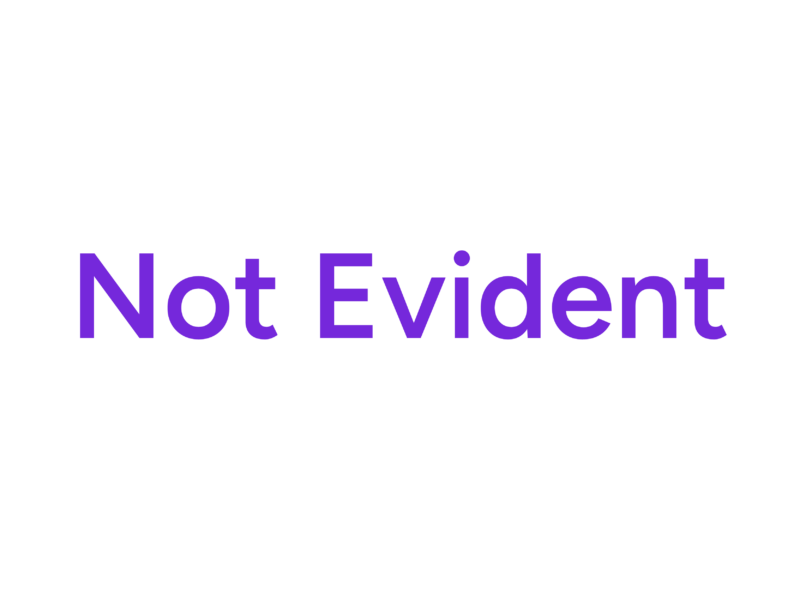Integration Rubric
The ability to move from making simple connections among ideas, disciplines, and experiences to synthesizing and transferring learning and data to new, complex situations
Description
Integration brings together knowledge, methods, and perspectives from many different areas to address complex problems. Navigating such problems starts with evaluating different disciplines and perspectives and selecting the most relevant or useful ones. Examining the problem or topic from multiple angles then leads to a synthesis that combines insights and information from different fields into a more complete response than would have been possible from a single field of knowledge/perspective alone. This process works best when it is intentionally applied, when the choice of fields and perspectives, and the nature of the synthesis are clearly articulated.
A traditional rubric PDF for Integration can be found here
Evaluate




Synthesis




Application


Reflect

